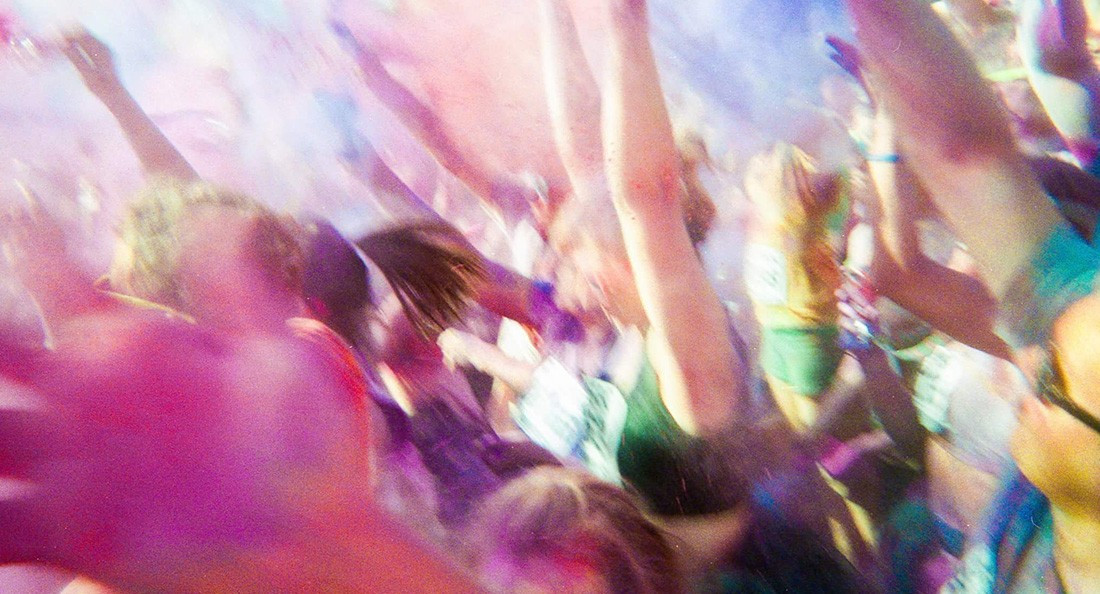Modern run is missing history
Does Color Me Rad run on inspiration or appropriation?
When choosing to participate in a fun run, there might be more to consider than which one has the catchiest name.
Research the origins of the run and who it may or may not benefit, Jayanti Shalini Sharma says.
Sharma grew up celebrating Holi, a Hindu festival. The celebration involves participants throwing packets of vibrant coloured powder on each other, a practice she says has been picked up by the 5-km run Color Me Rad.
“It’s supposed to be a thanksgiving of a great harvest. You’re supposed to be making new friends. Everybody is your equal, whether you be poor or wealthy,” Sharma says.
The powder throwing in Holi is in the spirit of that equality. Once everyone is splashed in colour, they look the same.
Sharma doesn’t object to the Color Me Rad run itself, but rather the fact that there is no mention of Holi in promotion for the run.
“There is a complete lack of understanding of where it comes from and what it actually means.”
Color Me Rad’s website doesn’t provide much background information on Holi beyond stating that “(t)he festive colors used are a sign of winter’s end and spring’s new beginnings.”
This isn’t the first or only time the run has faced criticism. Color Me Rad’s charitable component has been questioned in the past.
The run is a for-profit event that partners with charities from each city it visits, but the amount donated from registration fees and merchandise is unclear.
Lorraine Atkinson, manager at Running Room, a local athletic store that hosts running clinics, says those concerns don’t take the whole picture into consideration.
“You probably realize that putting on a race is not free,” she says. “There are many, many components in a race that cost money. As soon as you start to have police present or you have to rent equipment, there are sizable expenses that go with that.”
There are positives when a popular organization hosts a fun run or marathon, she says.
“Events such as Color Me Rad, even though you might call them trendy, have been good,” she says, “because they’ve introduced the sport of running to many people who otherwise would never be exposed to it.”
Sharma can see how the run would be an uplifting experience for participants.
“I understand that it’s a marathon. It’s a bunch of strangers coming together to throw shit at each other. I get it,” she says.
For those who are unaware of the cultural significance of the colour throwing, Sharma and her like-minded friends are always ready to fill people in.
“We never want to shove anything down anybody’s throat, but we want to just (say) ‘here’s the information, do with it as you will,’” she says.
Though she is open about her feelings on the run every year, Sharma’s friend circle is fairly knowledgeable.
“I’ll very seldom find myself in a situation where I do need to actually say something, but I’m not afraid to lose people,” she says. She’s willing to have difficult conversations and knows they may not end well.
Sharma knows people who grew up celebrating Holi and participate in the run every year. In the end, she is supportive of those who draw inspiration from other cultures, as long as they don’t claim ancient practices as their own.
At press time, Color Me Rad had not responded to a request for comment.
Published in Volume 71, Number 25 of The Uniter (March 23, 2017)







